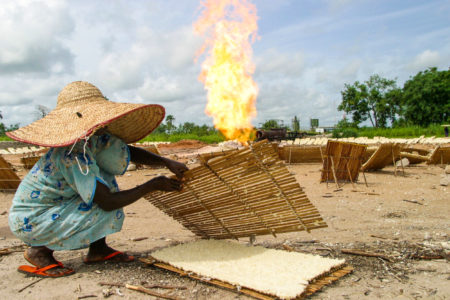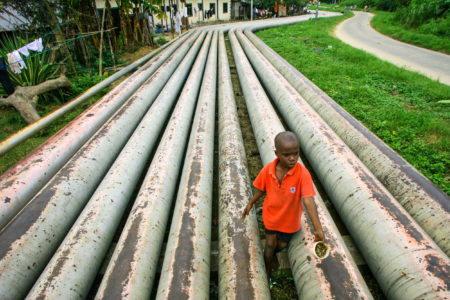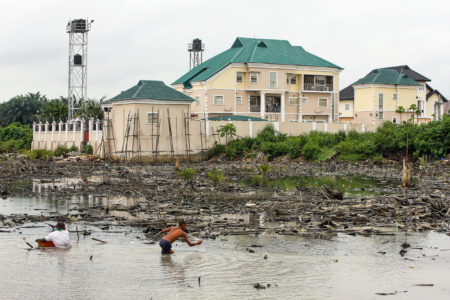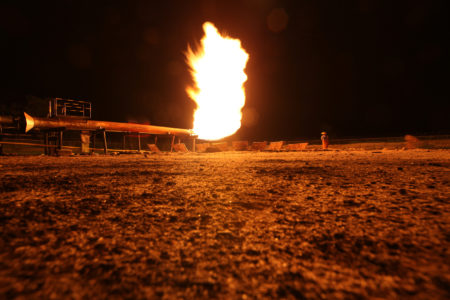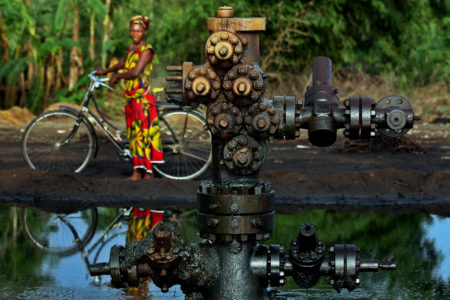Workshop XXV, George Osodi, 18 May 2021
Nigerian photographer George Osodi presents the major ongoing photographic project that he initiated 20 years ago: the documentation of the impact of oil on the communities of the Niger Delta, Africa’s most important oil-producing region.
Niger Delta communities were told at the outset that oil, which has been extracted from the region since the 1950s, was going to bring prosperity and positive effects. They had no idea then that what they regarded as a commodity was going to turn into a poison in the end. In the late 1990s, searching for a medium to narrate his experience of the damaging effects of oil in the region he grew up in, Osodi turned to photography. At the time, there was little visual representation of the region.
The Niger Delta is marked by a traumatic past linked to the transatlantic slave trade era, a period when the region’s coastline served as a zone whence enslaved Africans were shipped across the Atlantic. The Niger Delta is also well-known for its palm fruit. Indeed, before the production of crude oil triggered the decline of the country’s agricultural sector, palm oil was Nigeria’s major economic resource. In the early 1960s, the country was the leading exporter of palm oil.
The late 1960s and early 1970s saw the ‘black gold’ boom era when the Western world, thirsty for oil, focused its gaze on Nigeria. The oil money generated during this period helped to install a new dynamic, characterized by a desire for wealth and expensive lifestyles, changing the country completely. An elite emerged and corruption started to escalate. Now that it has lost its farming culture, Nigeria is solely dependent on oil. Although oil money was used to build roads and bridges in Nigeria, only a small portion of this money comes back to the Delta region where the oil is extracted from. The region has not benefited from the construction of schools and hospitals; its peoples have been left impoverished with no opportunities, trying to make ends meet. In the Delta region, like elsewhere in Africa, communities are experiencing a disturbing and unpalatable situation.
Osodi’s photographic approach is highly aesthetic as he aims to make them beautiful and appealing in order to grab people’s attention so that they will see and relate to what is ultimately a very dystopian subject. He feels that the more people engage with the narratives behind his photographs, the more the awareness needed to enact change will be raised. By making the Delta region visible, Osodi invites us to reflect on the provenance of the oil we consume and the impact of our oil consumption upon the environment and communities. Osodi’s photographic project is a political one, and he aims to continue until there is positive change for the region. He does not want Nigeria to keep on depending on oil.
Nigeria I Photography I Niger Delta I Transatlantic Slave Trade I Palm Oil I Beauty I Engagement I Awareness

